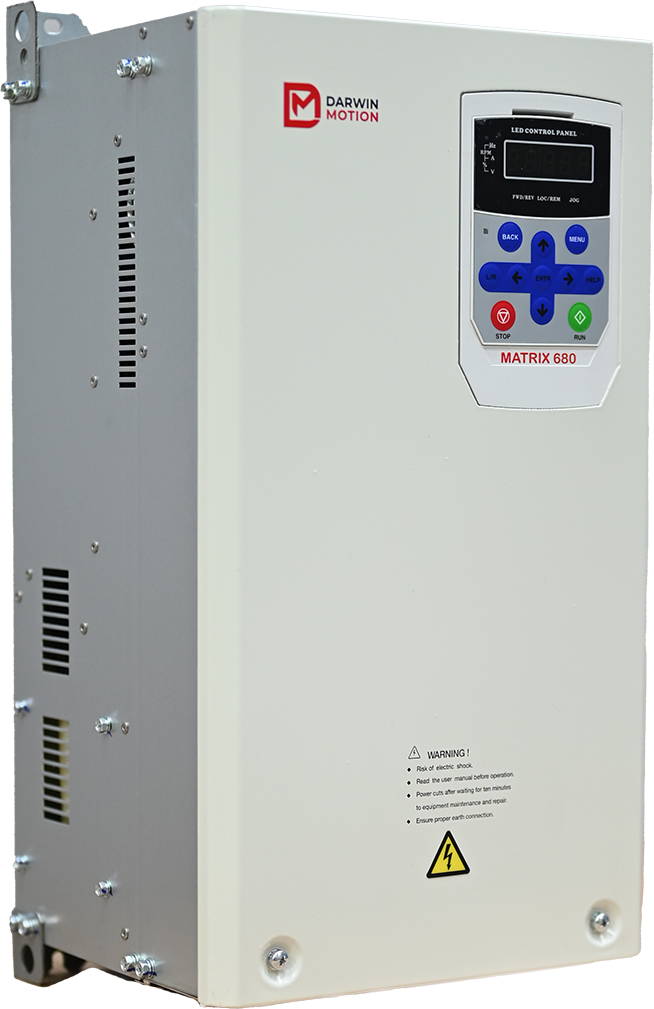Posted on 15th Jul 2024

In the realm of industrial and HVAC systems, the Darwin Motion VFD (Variable Frequency Drive) stands out as a sophisticated tool for controlling motor speed and optimizing energy consumption. Understanding how to calculate the appropriate hertz setting on a Darwin Motion VFD is crucial for achieving desired motor speeds and ensuring efficient operation. Here’s a comprehensive guide on how to perform this calculation effectively:
Hertz (Hz) represents the frequency of the electrical supply that the variable frequency drive hvac sends to the motor. In practical terms, hertz directly correlates with motor speed: the higher the hertz, the faster the motor spins. For instance, in a 60 Hz system, the motor operates at its rated speed.
Rated Frequency: Identify the rated frequency of your motor. This information is typically found on the motor nameplate and is commonly 50 Hz or 60 Hz.
Base Speed: Note the base speed of the motor in revolutions per minute (RPM) at its rated frequency.
Define the desired operating speed of the motor. This could be lower or higher than the base speed, depending on your application requirements.
Employ the affinity laws for centrifugal pumps or fans to calculate the new hertz setting accurately. The affinity laws relate changes in motor speed, flow rate, and pressure to changes in speed or frequency.
Utilize the formula:
New Hertz
=
Desired Speed (RPM)
Base Speed (RPM)
×
Rated Frequency
New Hertz=
Base Speed (RPM)
Desired Speed (RPM)
×Rated Frequency.
For instance, if your motor has a base speed of 1800 RPM at 60 Hz and you desire a speed of 1200 RPM, the calculation would be
New Hertz
=
1200
1800
×
60
=
40
New Hertz=
1800
1200
×60=40 Hz.
Factor in the load characteristics and efficiency requirements of the motor and driven equipment. Adjustments may be needed to optimize performance and energy efficiency.
Access the Darwin Motion vfd manufacturers in India VFD's control interface to input the calculated hertz setting. Follow manufacturer guidelines for programming and commissioning to ensure correct operation.
Consult Manufacturer Guidelines: Always refer to the Darwin Motion VFD manual for specific programming instructions and safety precautions.
Test and Monitor: After programming, conduct tests to verify that the motor operates at the desired speed and that equipment functions correctly.
Regular Maintenance: Schedule routine maintenance to keep the VFD and motor in optimal condition for sustained performance.
Mastering the calculation of the new hertz setting on a Darwin Motion VFD empowers engineers and operators to tailor motor speeds precisely to application requirements. By following these steps and understanding the principles behind VFD operation, you can enhance efficiency, extend equipment lifespan, and achieve reliable performance in industrial and HVAC systems.
Whether you're aiming to improve energy efficiency, optimize process control, or enhance system reliability, the ability to calculate and set hertz effectively on a Darwin Motion VFD is essential for maximizing the benefits of variable frequency drive technology in your operations.